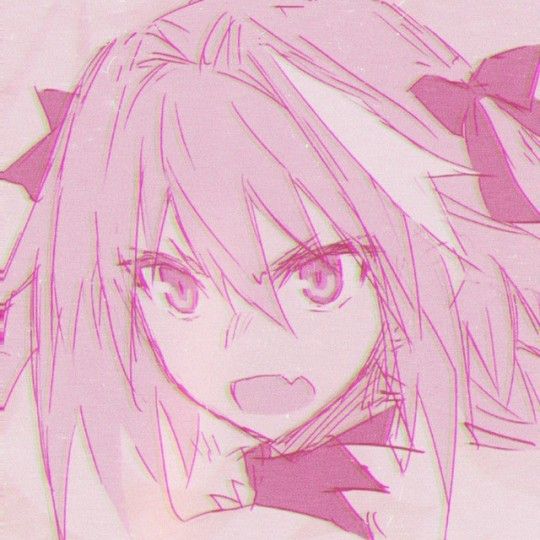
Genjutsu (幻術, Literally meaning: Illusionary Techniques) is one of the main jutsu categories which uses chakra. Unlike ninjutsu, the effects of genjutsu are not real, being only illusions experienced by those who fall victim to it. According to the Second Mizukage, genjutsu falls under the broad category of Yin Release. A genjutsu is created when a ninja controls the chakra flow of a target's cerebral nervous system, thereby affecting their five senses. This is frequently used to create false images and/or trick the body into believing its has experienced physical pain. Genjutsu can also be used to manipulate others - similar to brainwashing - by feeding the victim illusive suggestions. Most genjutsu is performed visually, requiring the target make eye contact with the caster. Other methods include integration with nature transformation, as shown with Water and Lightning Release, and in the anime, ingesting special pills that activate when the target sleeps. Audible genjutsu is deemed the most dangerous because the user can trap victims from long distances.
Certain Genjutsu works on these things we've known thus far as triggers. In order for these Genjutsu to successfully activate, the Genjutsu must be able to infiltrate one of the five senses of the body- Sight, Sound, Touch, Smell, Taste. The chakra inserted into the victim following that subjects them to the casters whim - feeding the victims senses signals that things are happening to them that are but merely figments of the caster's imagination. Some triggers are more subtle - such as making direct eye-contact or a target's gazing upon a finger. Triggers can avoided, but they sometimes may be hard to spot. It's these subtle triggers that can create more damaging effects once they are completed. Others may be more obvious and may be impossible to avoid - but at the cost of a weaker connection that might stand out a bit more and be more easily spotted thereby forcing the target to have to dispel them. If you have a more autohitty trigger that is difficult to spot the chances are that you're only going to be affecting a target's most basic senses while a more subtle trigger will be more effective in the illusion's application as it establishes a deeper connection into the targets brain. If a sense becomes blocked, however, so does ones ability to influence it. This is where techniques like Hiding in Mist and Hiding in Fire and Ash are troublesome as they block the visual avenue of Genjutsu, forcing one to rely on other senses to manipulate. There are two primary types of triggers that comprise all Genjutsu:
General Triggers - General triggers are always going to cover a small or large area. When a victim crosses into the area of effect, they fall victim to the Genjutsu. These triggers are solely reserved for Perceptional Genjutsu. Examples include: Hazy Genjutsu, Temple of Nirvana, and Sly Mind Affect. Genjutsu that use General Triggers render the user immobile, making them best used with teammates as support or when out of sight.
Subtle Triggers - Subtle triggers cover things eye contact, looking at specific limbs or even a weapon, and triggering based on stimulating one of the basic five senses. These can be Perceptional Genjutsu OR Nightmare Genjutsu. More often than not, these Genjutsu are Nightmare Genjutsu. Examples include: Genjutsu: Sharingan, Ephemeral, and Bell Ring Genjutsu. Genjutsu that use Subtle Triggers do not render the user immobile.
Occasionally, those skilled in Genjutsu may choose to layer their illusions so that releasing one triggers another. Other times Genjutsu users may choose to have two illusions take place at the same time. Casting multiple illusions on the same opponent is known as "stacking". Horizontal stacking is when you have multiple Genjutsu take effect at once. Vertical stacking is when you have one Genjutsu in effect at a time but they are layered in such a way that the release of one precipitates the beginning of another. Shinobi engaging in horizontal stacking may only have one illusion of each rank in play at once. Also, the use of a single Kai: Release on horizontally stacked Genjutsu releases all of them albeit the cost for dispelling each Genjutsu must be paid. Shinobi that are engaging in vertical stacking must mention in their technique registration that certain illusions are designed to stack with one another. Unlike horizontal stacking, the user cannot simply layer whichever Genjutsu they choose, it must be registered as such prior to use. Vertical stacking also differs in that it does not limit the rank of Genjutsu layered nor does the single use of Kai: Release end the Genjutsu layered below it. This is because the ending of one Genjutsu is considered the general trigger for another Genjutsu that has yet to take effect. Vertical stacked Genjutsu are generally more expensive to cast for the user.
It is also important to note the relevance of a character's stats in deciding whether or not a character knows they are in a Genjutsu.
Last edited by Chigetsu on Thu Feb 18, 2021 11:20 pm; edited 2 times in total










 by Chigetsu Thu Mar 26, 2020 3:31 pm
by Chigetsu Thu Mar 26, 2020 3:31 pm


